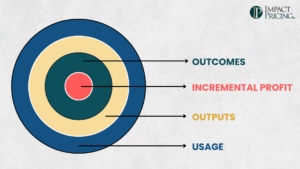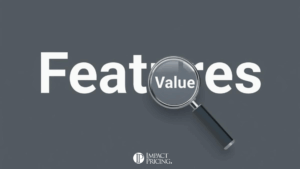In most purchase decisions, buyers first make a Will I decision, meaning will they buy something in the product category, and follow that up with a Which One decision, meaning which competitive alternative will they purchase. When you understand where a buyer is in this value discovery journey, you will be able to give them the appropriate information for the decision they are making. Read on as we discuss the buyer’s decision journey.
Qdoba is a fascinating case study. The other day I saw a Qdoba advertisement that emphasized free queso and guacamole. Yesterday, my wife and I went to Qdoba for lunch. I looked and looked but couldn’t find any mention of free guacamole or queso. I took a picture of the menu board if you want to look. Then was curious enough to ask an employee who said, “I was trained to give queso and one scoop of guacamole for free.”
Now let’s decipher this. First, buyers decide, “will I eat out for lunch today?” Then, they answer, “which restaurant will I go to?” The free guac and queso ad is designed to help you answer Qdoba to the second question. So far so good.
Why don’t they advertise free guac and queso inside the restaurant? Because the customer is already there. If you came in because you wanted free guac, you would ask for it. However, if you didn’t know the guac was free, you might not order it saving them money. (Avocados really are expensive.) Once inside the restaurant, the customer is only choosing between Qdoba items. Qdoba realizes this and attempts to sway your decisions with the information they provide.
Overall, I think this is brilliant. You should understand what decision each buyer is making at each point in their buyer’s discovery journey. You provide them the right information to help them make the decision in your favor.
This strategy works in many other types of businesses. If you sell a SaaS product, to win a customer you need to communicate why you are better than the alternatives, especially for the price. Once you have a user, you no longer need to mention competition. Your users will simply decide if they want an add-on or not.
The key here is to think hard about the decisions your buyers make on each step of their value discovery journey. This should drive the type of information you share at each step. If you’d like to know more, quickly, I cover this topic extensively in the book Selling Value: How to Win More Deals at Higher Prices.
Now, go make an impact!















